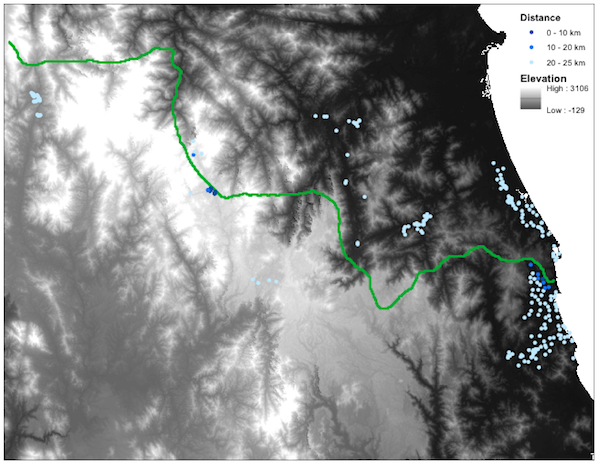The nature of US military interventions has become relevant in the face of new growing threats, particularly from so-called Islamic State. While top-down strategies that rely on overwhelming firepower are sometimes favoured by politicians, longer-term strategies use a bottom-up approach, gaining citizens’ support through civic engagement. This column introduces evidence from US actions during the Vietnam War to show that bottom-up approaches are more successful in countering insurgencies than violent, top-down interventions.
Interventions in weakly institutionalised societies have been central to US foreign policy during the past half-century. Military strategies used during foreign interventions have ranged from the deployment of overwhelming firepower to bottom-up initiatives to win hearts and minds through development aid and civic engagement. Discussions about the form that such interventions should take – if they are pursued at all – remain central to US public discourse, most recently in the context of debates about how to best counter Islamic State.

